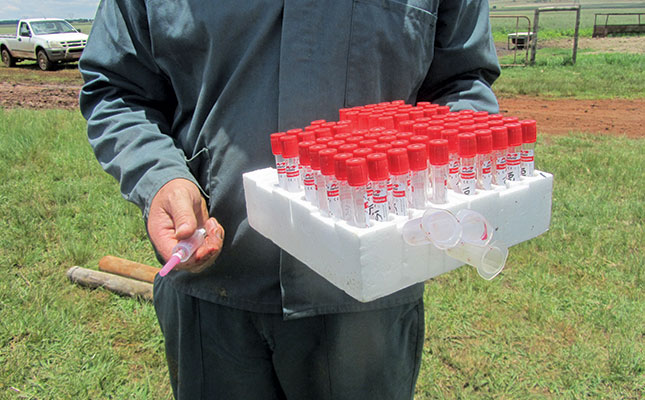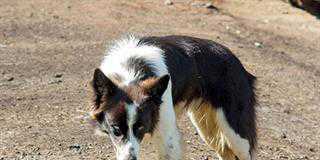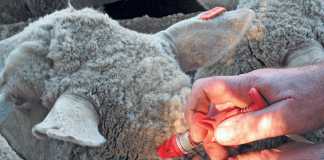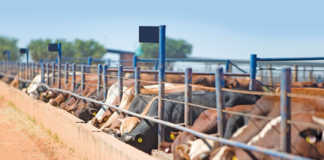
Photo: Prof Cheryl McCrindle
Brucellosis in cattle is caused by the Brucella abortus bacterium. The main symptom is abortion in heifers.
Other signs seldom occur, although cattle sometimes develop swelling of the joints.
The disease is usually passed on when the aborted calf and its membranes and birth fluids contaminate grazing or water sources.
In damp pastures, vleis or lakes, the bacteria can survive for more than three months.
Calves can become infected through their mother’s milk. Brucellosis can sometimes be transmitted through mating, and all bulls should be tested, especially if used for artificial insemination. Dogs and sheep can also become infected.
People can become infected through drinking unpasteurised milk or during slaughter of cattle, if blood splashes into eyes or gets into a wound.
Brucellosis can also be contracted from assisting during calving, as the birth fluids contain high levels of the bacteria.
Early signs of brucellosis in humans include headaches and joint pain, as well as night sweats and recurring episodes of fever – often mistaken for malaria. The disease can affect fertility in both men and women.
Signs of infection in cattle
Abortions in heifers or cows that are new to the herd are often the first signs. The aborted calf may be eaten by dogs or jackal – you may notice the abortion only later because a cow has a retained afterbirth.
State Veterinary Services routinely collects blood from cattle herds to test for brucellosis. All milk sold commercially is also screened using the milk ring test.
Farmers can also ask a private or state vet to test cattle they may want to buy. If a cow aborts, gather the calf and its membranes using rubber gloves and place it in a plastic feed bag. The state vet can then send the remains for testing while still fresh.
Human infection
If you suspect that you are infected with brucellosis, visit the doctor and ask for a blood test.
Keep in mind that a positive result will show only 14 to 21 days after you were in contact with an aborted calf, even if you are already experiencing symptoms such as headaches and fever.
So if you have the test done early and it comes back negative, have yourself re-tested.
It is very important that you are treated as soon as possible, as long-standing cases are difficult to cure.
Brucellosis in humans can best be prevented by ensuring that cattle are free of disease and by drinking pasteurised milk at all times.
Vaccinate cows either by using Brucella Strain 19 vaccine on all heifers between six and nine months old (at weaning), or by vaccinating adult cows with RB51 annually. All cows brought into the herd should be tested and kept in quarantine until test results are obtained. They should then be vaccinated with RB51.













